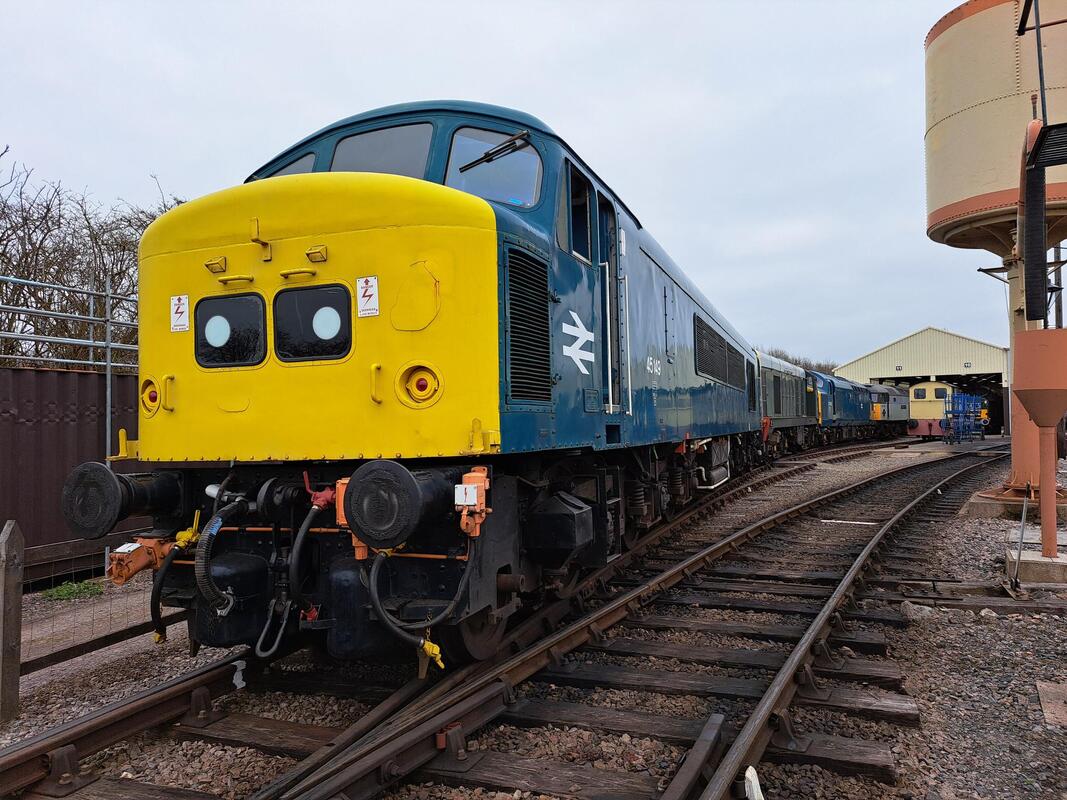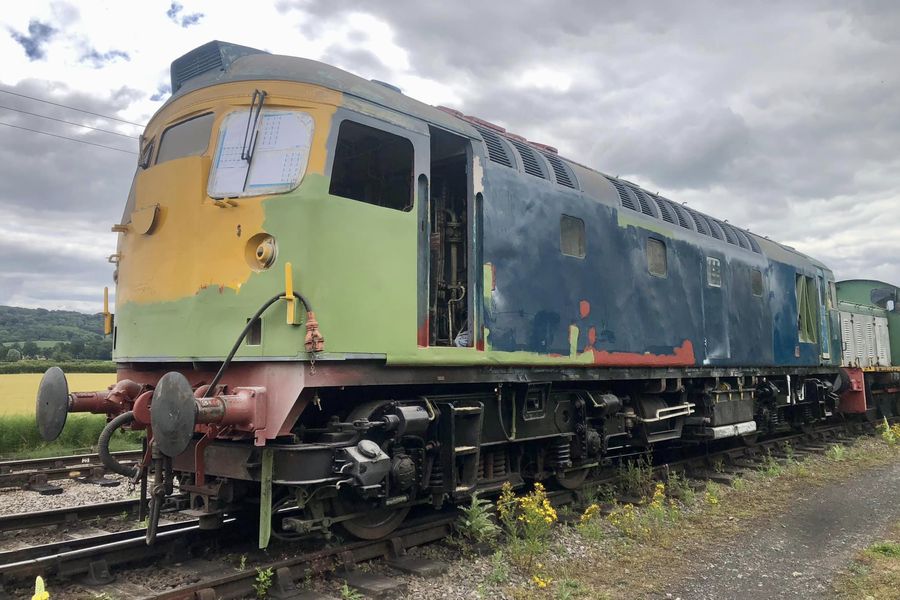|
UPDATE: July 2024: 45149
Following winter maintenance and repairs, 45149 commenced the 2024 running season on Saturday 20th April and has run regularly during May and June. The loco ran at the GWR Diesel Gala on 12th and 13th July, but unfortunately was taken out of service due to a minor issue (leaking heat exchanger). This is currently under repair. The loco is next rostered to work on Saturday 27th July (Purple Timetable) and Sunday 28th July (Pink Timetable), but this is subject to change, dependent on repairs being completed. Click the link here to see the GWR timetables. Special Event: The Cotswold Mainline Diesel Group is pleased to announce their 2024 fundraising and social day at the Gloucestershire Warwickshire Railway featuring 45149 on Friday 16th August 2024. Tickets will be priced at £25 for adults, £20 for Shareholders (fully paid up at the time of ticket purchase) and £15 for children aged 5 to 15 inclusive. A raffle will be arranged if anyone has a prize to donate please get in touch! Tickets can be purchased on the day, cash only. However, we would be really grateful for advance purchases via Andrew Piper's Peak Bingo Account to reduce the amount of cash that is carried on the day. SC 40.16.18 Acc 61623710 Please enter the text 'GWR2024' as a reference so Andy can easily identify the payments for this against his usual Peak Bingo fund raiser. Once you have done the transfer please email Andy on [email protected] so a list can be made of the names of prepaid tickets. Tickets will be distributed on the running day itself. Details of Peak Bingo also available from Andy on the above email address! The next game 31 will be for 45149 so please join in if you can! Please note only special CMDG charter tickets will be valid on the special trains marked 45149 on the timetable below, no GWSR tickets/passes will be valid. Also please be aware that the Growler Group are running a Charter on the same day, tickets are not transferable between the charters. Thanks in advance for your support! ______________________________________________________ Work continues on the cab and bodywork repairs to D5343. See the D5343 update page for more information. Note: The CMDG has now been set up as a Limited Company following a vote at the 2023 AGM. DONATIONS: If you would like to support the CMDG by making a donation, you can now do so by scanning the QR code on the right, which takes you to our Paypal payment page, or you can visit www.paypal.me/CotswoldMainline
Thank you. |



